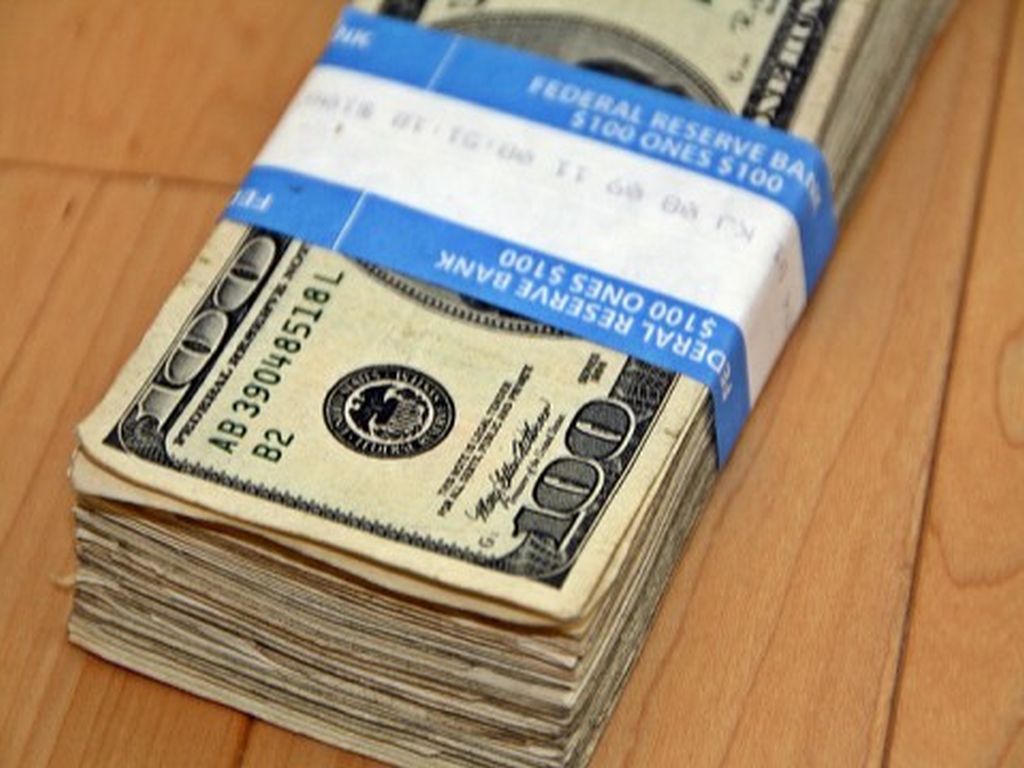If you’ve ever gone for a credit card you know that the biggest thing you’re looking at is the interest rate. Many cards will offer you an introductory period of free credit if you move a balance over to their card. If you pay it off then you owe only what you got, but once you reach a certain period now you start having interest added to it.
Still, this seems like a good deal, but you’re still shopping for the lowest interest rate card you can. At least with credit cards this is a smart move.
However, this yearn for the lowest interest rate isn’t the same when you look at other things. For instance, when you go for a car loan or a home loan, depending on your circumstances, it might be more prudent to go for the higher interest rate sometimes.
Does that seem unbelievable? Let’s take a look at an example.
Say you go to a car dealership to buy a new car. Before you went there you went to your bank and they said they’d give you a rate of 3.5%. That sounds pretty low so now you’re at the dealership, trying to see what they have to offer you.
They go back, crunch some numbers, and come back at you with a counter offer. You look at it and say “Hey, this interest rate is higher than the one the bank is giving me. This means their deal is better.”
The car person says “Yes, our rate is 4.25%, but we’re willing to give you an instant rebate of $2,500 up front and set the payments up over the course of 5 years. With our deal, you’ll pay less than you will if you take the bank’s deal.”
Does this sound kosher?
Actually, it is. The reason it ends up working better is because of the way interest is calculated. For most car loans, it’s calculated daily, but it’s based on the initial amount you’re starting out with.
Since the numbers will look convoluted if we actually show a daily interest calculation, let’s look at this a different way.
Even though interest is calculated daily, the percentage is actually an annual, or yearly, percentage rate. Thus, at the end of the year the rates have to equal either 3.5% or 4.25%. However, each month, after you make a payment, the amount you actually owe keeps getting lower, no matter what the interest rate is.
What we’re going to do is divide each percentage by 12. If we take these two numbers, 3.5% becomes .08625 and 4.25% becomes .086875. Those are pretty close, aren’t they?
Next, we look at the two deals we have. From your bank, the .08625 goes against $10,000, whereas the .08675 goes against $7,500. This means that on the first amount, without a payment, the amount of interest accrued is about $8.62; on the second amount, the interest accrual was $8.69. It’s higher but negligible.
At that rate is would take decades before there would be some kind of balance equality. However, your car loan is only going for 5 years in this instance; even if it was over 6 years, you end up with a lower payment and less to pay because more was put down on the car ahead of time via the rebate.
It’s for this reason that, when you’re looking to buy a new house, everyone recommends you find a way to put down as much money up front as you can. It lowers the amount you’ll have to pay monthly, the amount you’ll end up paying in full, and gives you the potential to pay it off quicker.
If you get an offer where the seller is looking to give you something like $10,000 off the cost of the house but the interest rate is slightly higher, it could be the better deal overall, even with a 30-year mortgage.
Of course, you’ll always want someone representing your interest to put the numbers together to make sure you’re protected from higher payments. But don’t immediately dismiss a higher interest rate if someone is willing to pony up a bit of money on your behalf.

